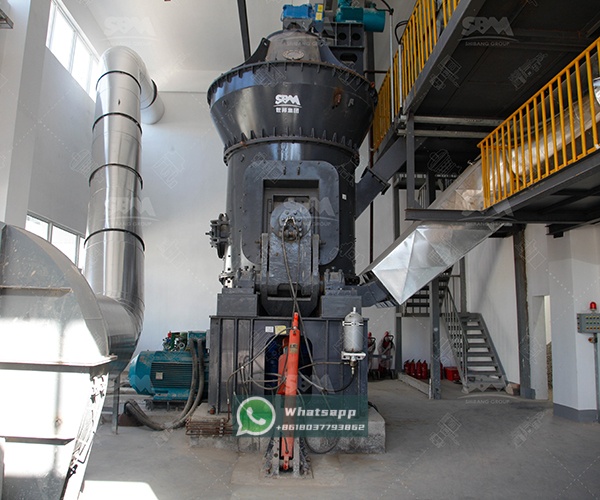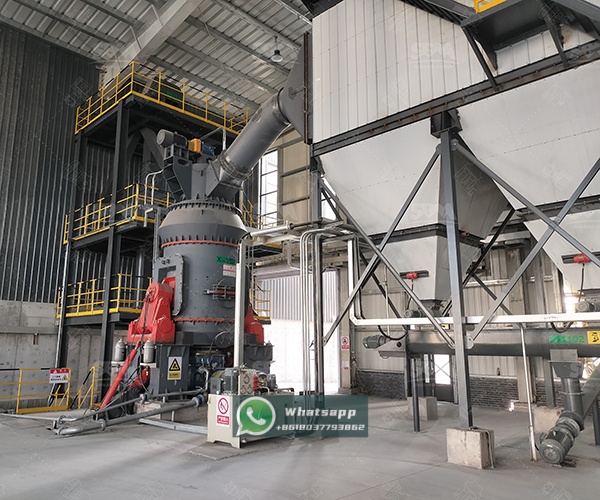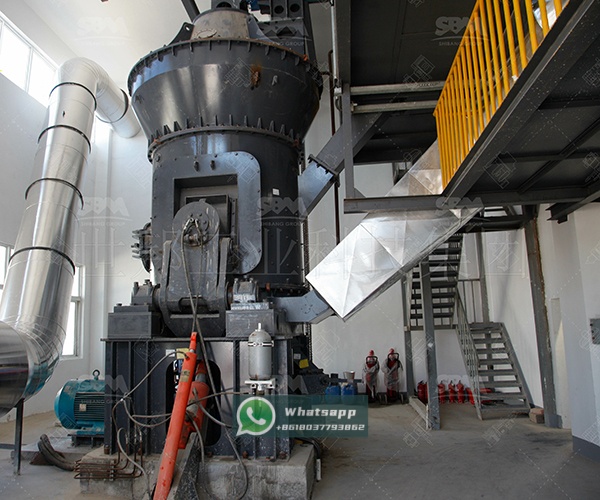The global polyethylene (PE) film market is a cornerstone of modern packaging, agriculture, and construction industries. A critical challenge in PE film production, especially for thin-gauge applications, is the phenomenon of film blocking – the undesirable adhesion between adjacent layers of film. To combat this, anti-blocking agents are incorporated into the polymer matrix. Among these, ultrafine talc has emerged as a superior, cost-effective, and highly efficient solution. The efficacy of talc as an anti-block agent is intrinsically linked to its particle size distribution, purity, and dispersion within the polymer, all of which are determined by the precision of the grinding process. This article delves into the technical requirements for ultrafine talc in PE film applications and explores the advanced grinding technologies essential for meeting these demanding specifications.

Blocking occurs due to the high surface smoothness and intimate contact between PE film layers, leading to Van der Waals forces and static electricity causing them to stick together. Anti-blocking agents function by creating microscopic surface asperities on the film, which reduce the contact area between layers and facilitate air passage, thus preventing adhesion. Talc, a hydrated magnesium silicate, is an ideal candidate for this role due to its platy, lamellar particle structure, chemical inertness, and low hardness.
However, not all talc is created equal. The performance of talc as an anti-blocking agent is highly dependent on its fineness. Coarse talc particles can cause several issues:
Ultrafine talc, typically with a top cut (D97) of 10 microns or less and a median particle size (D50) around 1-2 microns, overcomes these challenges. Its sub-micron particles provide a high number of nucleation sites for creating surface roughness without significantly impacting optical properties. The lamellar structure of these fine particles acts like microscopic ball bearings, further reducing friction and blocking tendency.
Producers of masterbatch and compounders have strict specifications for talc fillers. Key parameters include:
Achieving these specifications consistently requires a grinding system capable of high-efficiency size reduction with precise classification and minimal contamination.

Traditional grinding mills like ball mills or Raymond mills often fall short in producing the consistent ultrafine talc required by the PE film market. They may struggle with energy efficiency, generate excessive heat (which can affect talc’s crystalline structure), or lack the precise classification needed to achieve a tight particle size distribution. The modern solution lies in advanced vertical roller mills and ultrafine grinding mills that integrate grinding, drying, and classification in a single, efficient unit.
Shanghai Zenith Machinery Co., Ltd., an excellent manufacturer of ore grinding equipment in China, has made great achievements in the field of ultra-fine powder grinding. Specializing in the research, development, and production of industrial powder grinding equipment, Zenith offers a range of machines perfectly suited for the demanding task of ultrafine talc production. For this specific application, two of our products stand out: the LUM Ultrafine Vertical Mill and the XZM Ultrafine Grinding Mill.
The LUM Ultrafine Vertical Mill is a state-of-the-art grinding system designed for producing high-quality ultrafine powders. It integrates several advanced features that make it ideal for processing talc:
The following table outlines the technical parameters of the LUM series, demonstrating its capability to produce talc with the required fineness (D97 of 5-30 microns) at industrial-scale capacities.
| Model | Main machine power (kW) | Capacity (t/h) | Size distribution D97 (μm) |
|---|---|---|---|
| LUM1525 | 220-250 | 1.6-11.5 | 5-30 |
| LUM1632 | 280-315 | 2.0-13.5 | 5-30 |
| LUM1836 | 355-400 | 2.3-15 | 5-30 |
For operations requiring even finer talc powders, the XZM Ultrafine Grinding Mill is an excellent choice. It is widely recognized for its ability to produce powders in the range of 325-2500 mesh (approximately 45-5 microns). Its robust design and high classification accuracy make it a reliable workhorse for mineral processing plants.
| Model | Working diameter (mm) | Max feed size (mm) | Final size (mesh) | Output (kg/h) | Main motor power (kW) |
|---|---|---|---|---|---|
| XZM221 | Φ800 | ≤20 | 325-2500 | 500-4500 | 75 |
| XZM268 | Φ1680 | ≤20 | 325-2500 | 5000-25000 | 315 |

The demand for high-performance PE films is steadily growing, driven by trends in flexible packaging, agricultural films, and specialty industrial applications. This growth directly fuels the need for high-quality anti-blocking agents like ultrafine talc. The ability to reliably produce talc that meets the stringent requirements of film manufacturers is a key competitive advantage.
Investing in advanced grinding technology from a reputable supplier like Shanghai Zenith Machinery is not merely an equipment purchase; it is an investment in product quality, operational efficiency, and market positioning. The LUM Ultrafine Vertical Mill and XZM Ultrafine Grinding Mill represent the pinnacle of grinding technology for this application, offering talc producers the tools necessary to excel in the demanding PE film and anti-blocking agent market. By ensuring a consistent supply of superior ultrafine talc, producers can empower film manufacturers to create clearer, stronger, and more reliable products, ultimately driving innovation and growth across the entire supply chain.